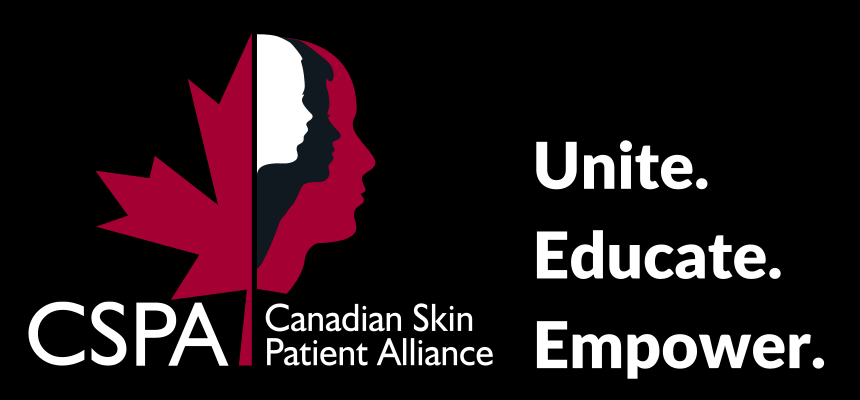Symptoms
Excessive and uncontrollable sweating is the primary symptom of hyperhidrosis.
Primary focal hyperhidrosis normally develops in childhood or adolescence, and presents as focal, excessive sweating that is equally present on both sides of the body. It tends to involve the underarms, palms, soles, face and scalp, but can involve other discrete areas of the body as well. It can occur continuously or in phases, but it is usually better at night and does not generally occur during sleep. This condition tends to persist throughout life, but it may improve with age. Some common triggers for sweating attacks include:
- Heat
- Physical activity
- Emotional triggers
- Spicy food
- Alcohol
- Caffeine
Symptoms of secondary hyperhidrosis are also characterized by excessive sweating. However, it is more likely to be generalized, unilateral, or asymmetrical. It can occur while awake or asleep.
Hyperhidrosis can result in skin breakdown and lead to other complications including:
- Infection: Moist environments increase the risk of bacterial, viral, and fungal infections of the skin.
- Staining of clothes: Clothing becomes damp and stained from excessive sweating.
- Worsening of dermatitis: Conditions such as pompholyx and eczematous dermatitis may get worse.
- Bromhidrosis: Excessive sweating contributes to body odour.
- Reduced quality of life: Excessive sweating affects daily activities, work functions, and social interactions.
- Depression and anxiety: These occur more commonly in people living with hyperhidrosis.











